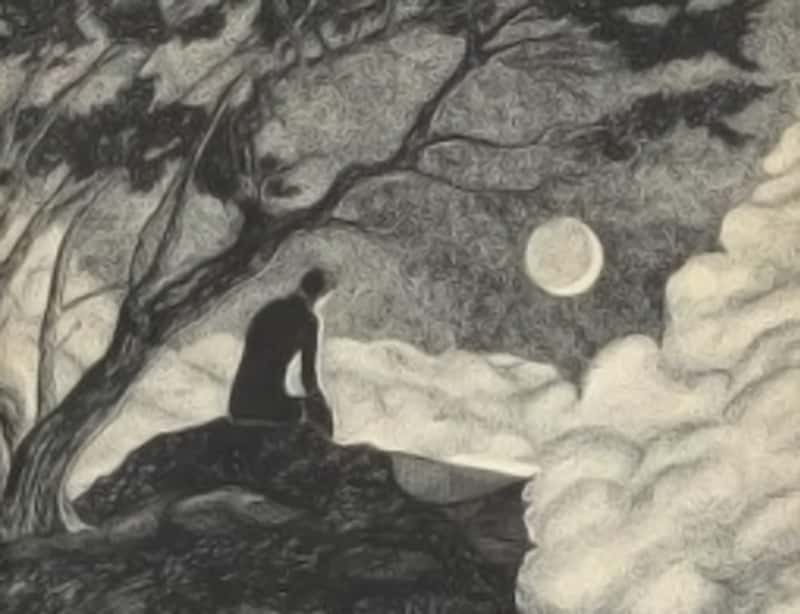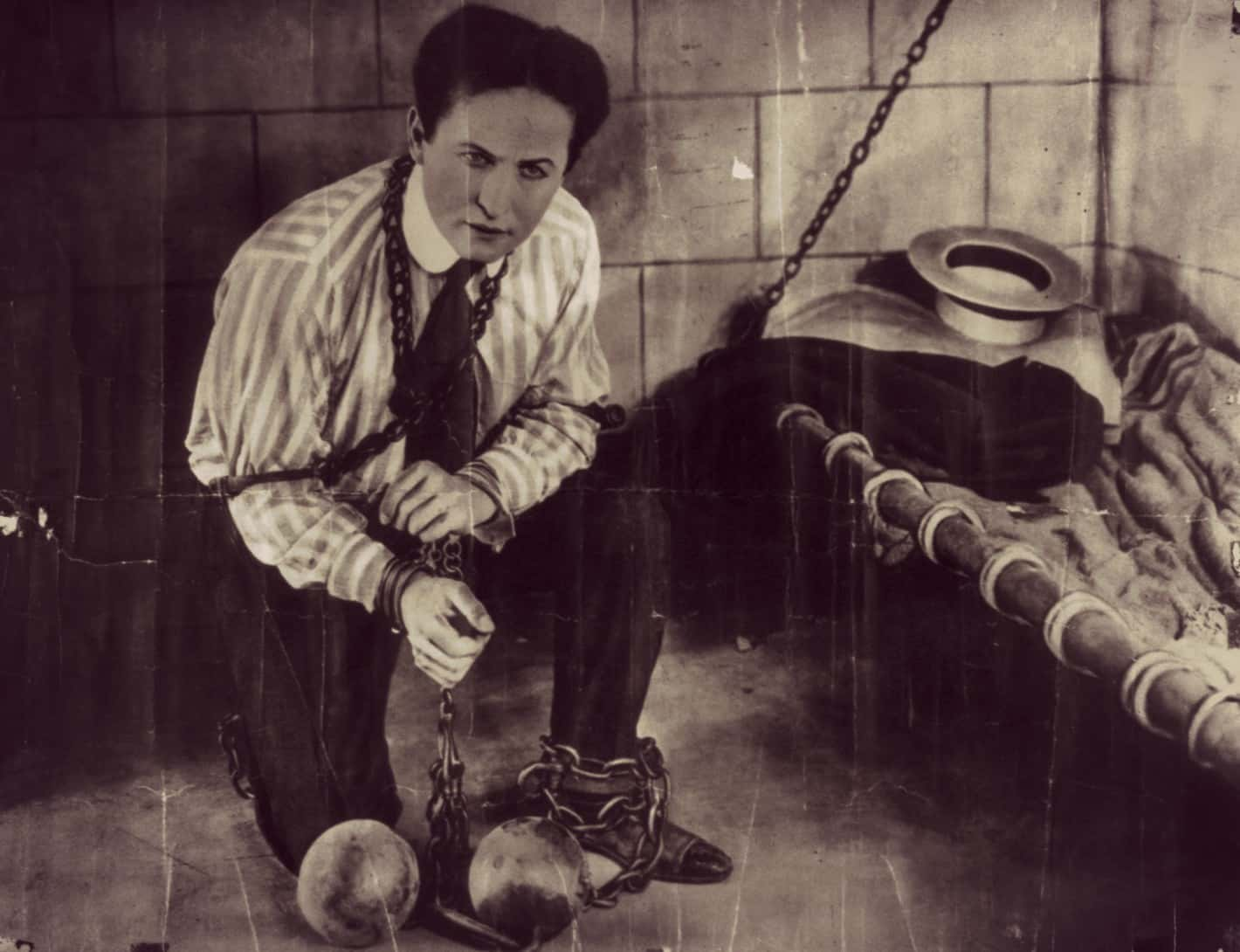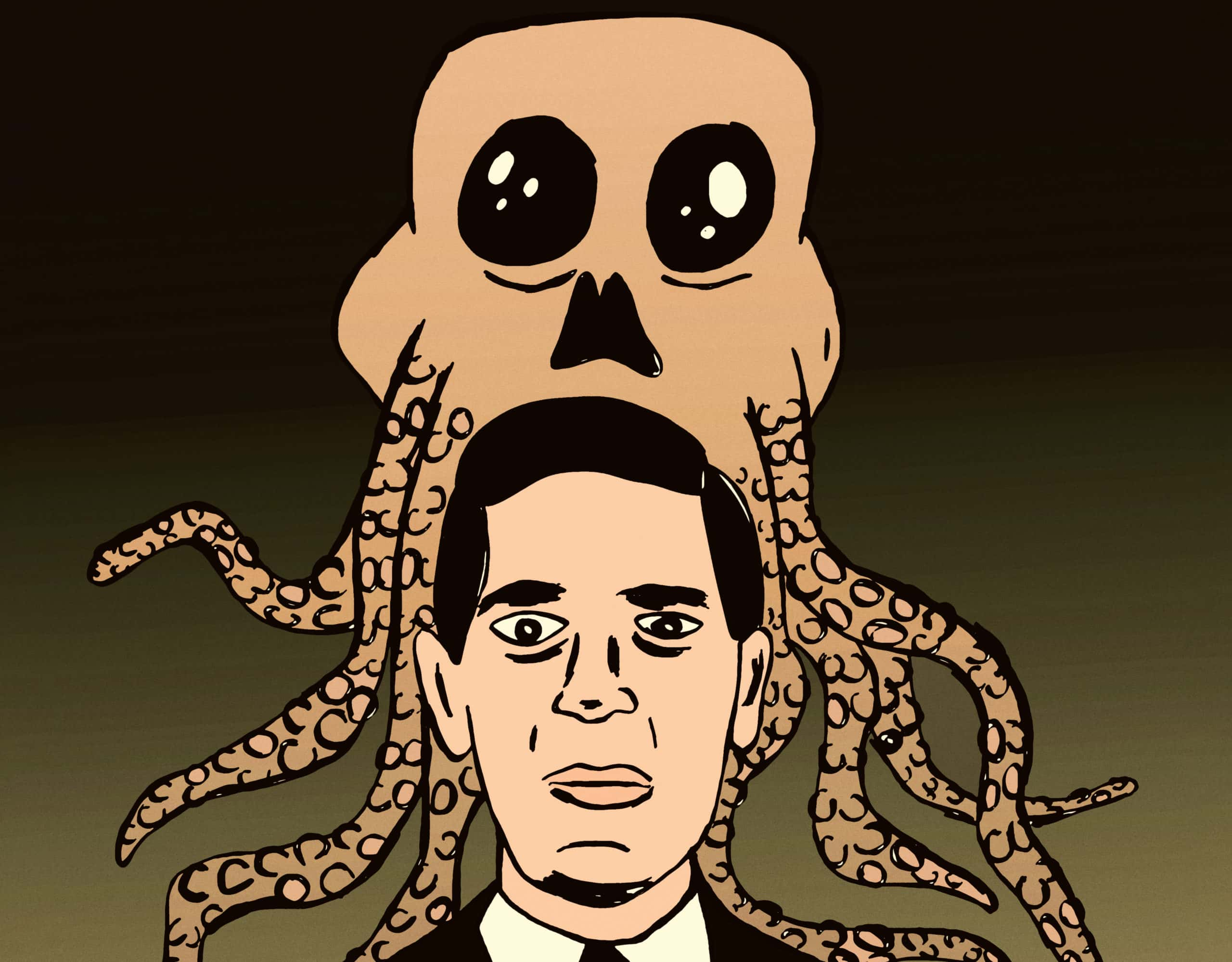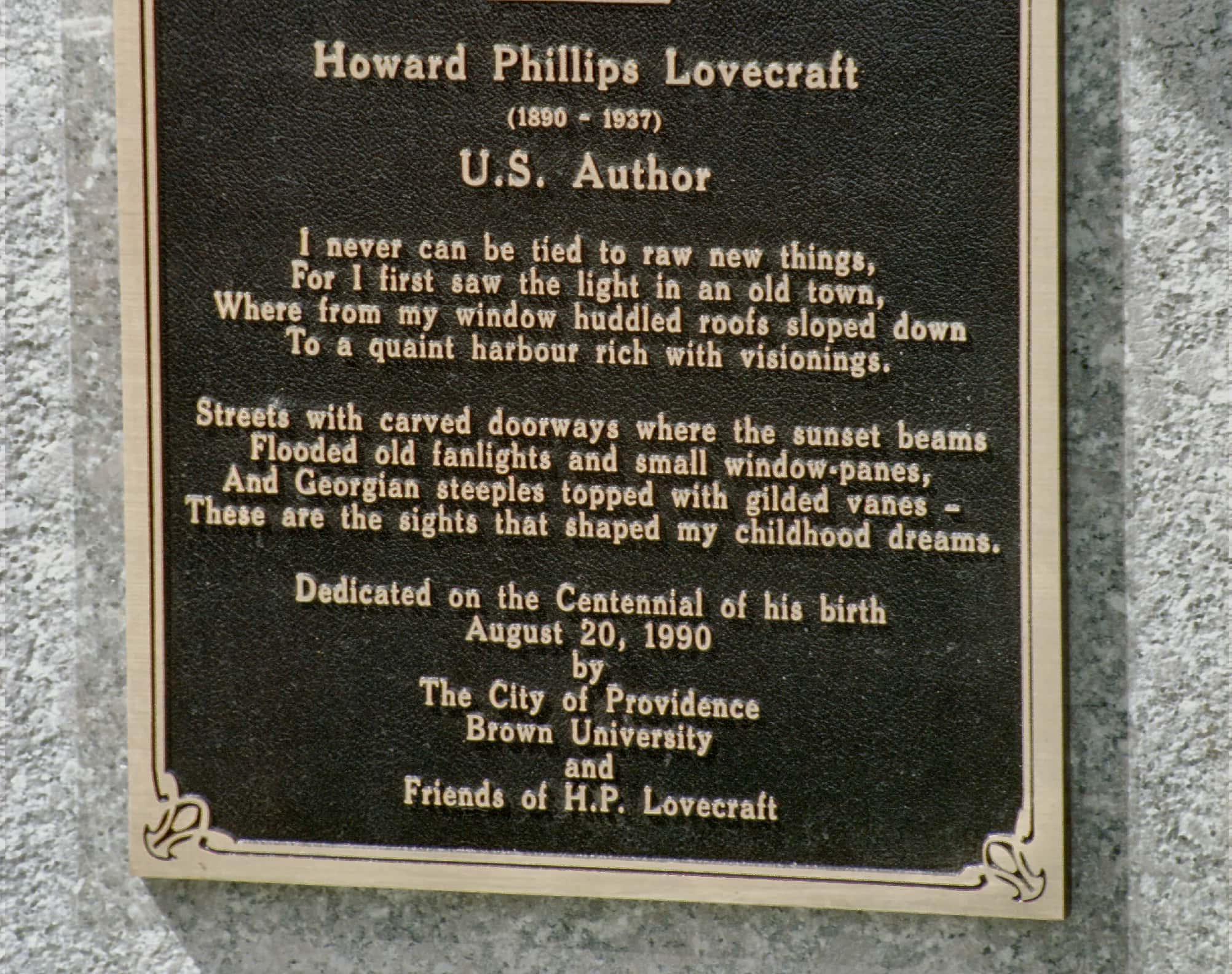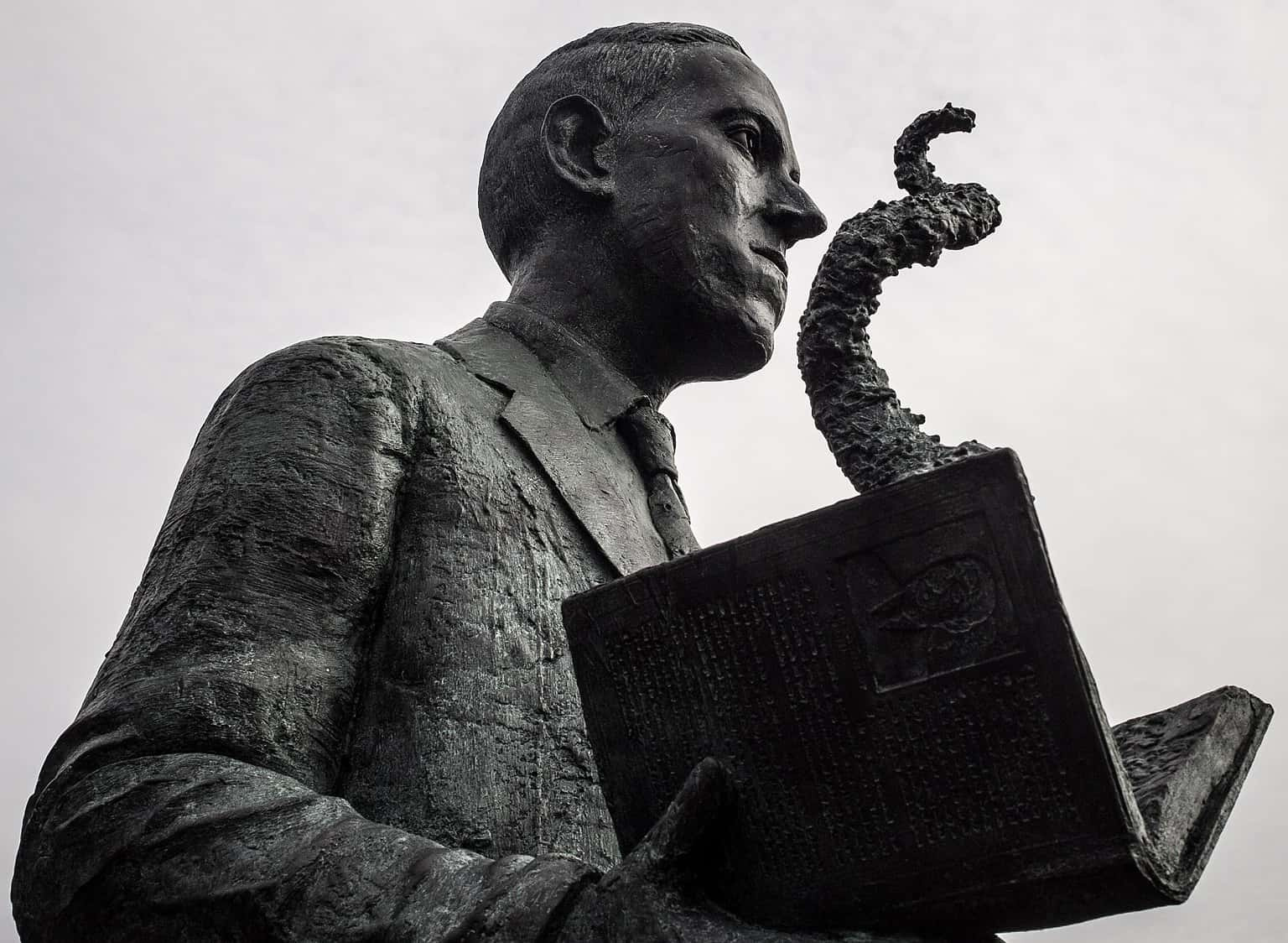The Grandfather Of Horror
The name “HP Lovecraft” has become so embedded within the world of literature that an entire subgenre was named after him. Even if you haven’t read a single word that Lovecraft wrote, you’ve seen his influence in other people’s work, whether that work is a book, TV show, a movie, or your college roommate’s fanart of Cthulhu. But what kind of life did a man like Lovecraft have to inspire such literature that he produced? And what sort of genuinely unpleasant darkness lay inside him?
HP Lovecraft was one of the most famous American horror authors, and there's so much more to him than you may know.
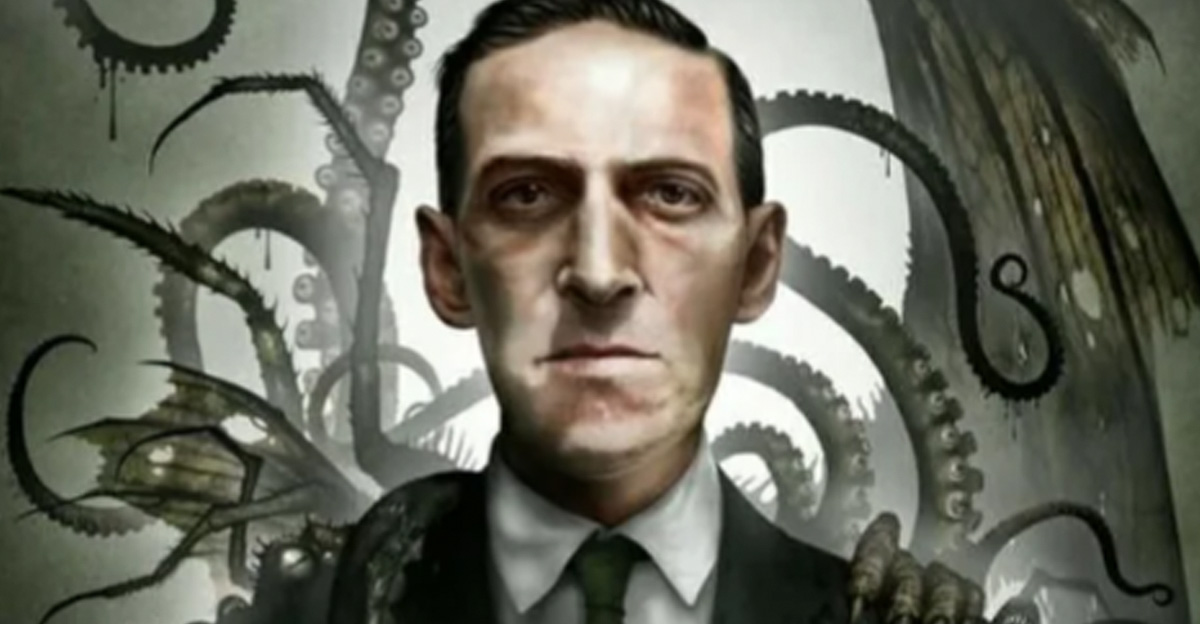
1. He Started As A Child
Long before he was well known for his twisted horror stories, Lovecraft tried his first attempt at such fiction when he was a child. As you can imagine, “The Noble Eavesdropper” was never published alongside his Cthulhu novels, but it was the harbinger of things to come.
2. He Had Humble Beginnings
Lovecraft was born on August 20, 1890, in his family home in Providence, Rhode Island. He would spend most of his life in his home state. Thankfully this is long before Family Guy forever tarnished its good name—though as you'll learn, Lovecraft wasn't exactly a man to be admired himself.
3. His Childhood Was Twisted
You might be wondering just where Lovecraft got all this inspiration for his stories. The answer, as it is so often, is that he dreamed of these things in his worst nightmares. The nightmares began after the death of his grandmother. The five-year-old Lovecraft, on top of dealing with his grandmother’s death, was particularly alarmed at the sight of his mother and aunts constantly wearing black day after day.
He began to envision monstrous figures in his dreams that he’d refer to as “night-gaunts.” These faceless black entities reportedly cast him into space, all while he looked down and saw “dead and horrible cities” below him. Frankly, we’re not surprised that Lovecraft turned out the way he did.
4. His Father Was Institutionalized
Lovecraft was only three years old when his father, Winfield, was committed to Butler Hospital in Providence following a psychotic episode. Information on this incident is hazy, but it seems that Winfield spent a year in torment before being committed. Winfield never left Butler Hospital, dying of general paresis just five years later.
5. He Used His Real Name
In case you’re curious, Lovecraft wasn't a pen name; he was really born with the moniker. The “HP” stands for “Howard Phillips.”
6. His Mother Struggled Too
Losing his father was heartbreaking for the young Lovecraft, but it was about to get even worse. According to the write himself, his mother, Sarah Susan, never recovered from her husband's institutionalization and death. She was committed to Butler in 1919, eleven years after her husband's death. She communicated frequently with her son for the next two years until she passed away due to complications from surgery.
7. He Had A Childhood Passion
Reportedly, Lovecraft first attempted to write when he was around seven years old. Obsessed with Greek and Roman mythology, Lovecraft’s first written works were poems that reworked the stories found in said mythologies.
8. He Was Raised By His Extended Family
During his early years, Lovecraft spent much of his time being raised by his aunts, as well as his grandfather Whipple, with whom he was very close. It was Whipple who provided for the family thanks to his successful businesses.

History's most fascinating stories and darkest secrets, delivered to your inbox daily.
9. He Didn't Stick It Out
Despite being a highly regarded writer, Lovecraft never even got his high school diploma. Due to poor health (more on that later), he never completed his studies.
10. He Had A Fear
As a child, Lovecraft was very scared of the dark. This changed when his grandfather, Whipple, found a chilling way to force him to face his fears. The man had the five-year-old Lovecraft walk through several rooms of the house without any lights on. In case you thought that might make his fear even worse, Lovecraft actually stated that his grandfather’s actions actually helped him conquer his phobia.
11. Lovecraftian Horror: Explained
Speaking of that incredible surname being used to name a subgenre, we’ll quickly go over the idea of Lovecraftian horror, in case anyone’s unaware what it really is. Inspired by Lovecraft’s style, Lovecraftian horror draws the scares not just from the monsters that people discover, but also from the idea that we live in a world far beyond our comprehension.
Some scholars equate Lovecraftian horror with cosmic horror because both these subgenres deal with stories where the scares come from a world which doesn’t make sense to us and leaves us unable to comprehend what’s going on anymore.
12. He Was Meticulous
For anyone who's confused, Lovecraft actually clarified how you’re supposed to pronounce Cthulhu. Since Cthulhu is an entity beyond humanity’s comprehension, its name is incomprehensible to humans. Therefore, the actual pronunciation, according to Lovecraft, is “something like Khlûl’-hloo, with the first syllable pronounced gutturally and very thickly. The u is about like that in full; and the first syllable is not unlike klul in sound, hence the h represents the guttural thickness.”
Simple, right?
13. His Childhood Was Rough
When Lovecraft was a child, his mother was horrifically cruel to him. She allegedly even called him “grotesque.” As he grew older, this kind of description must have stuck closely with him because he spent his life being a reclusive figure. He slept late into the days and he only left the house after sunset. This naturally gave him a very pale and gaunt appearance. We’d call him a recluse, but Lovecraft already described himself as being one, so he beat us to the punch!
14. He Was Headstrong
Lovecraft’s start into recognized writing first emerged out of a difference in opinions which got way out of hand. In the early 1910s, Lovecraft was sending letters to magazines that published weird fiction and pulp novels. One such magazine was Argosy, and Lovecraft had a real bone to pick with Fred Jackson, one of their writers. The magazine’s letters section became a year-long battleground between Lovecraft and his supporters versus Jackson and the majority of Argosy readers.
15. He Caught Attention
Incredibly, this heated exchange in the letters section of Argosy caught the attention of Edward F. Daas, the head editor of the UAPA (United Amateur Press Association). Lovecraft and another contributor, who had often opposed Lovecraft’s views, were both invited by Daas to join the UAPA.
16. He Was Sick
In 1908, Lovecraft was approaching graduation when he suddenly suffered from a mysterious illness, the cause of which has never been fully diagnosed. We don’t know the cause or the circumstances of this crisis, but Lovecraft himself later described what happened as a “sort of breakdown” and “nervous collapse.” Due to the alleged “headaches, insomnia, and general nervous weakness” which plagued him, Lovecraft never graduated from school.
17. He Went From Riches to Rags
In 1904, Lovecraft’s grandfather, Whipple, died of a stroke at the age of 70. Just a few months before that, his main business had failed so badly that the family fortune took a serious hit. Lovecraft and his mother moved into a small duplex, in stark contrast to the relative luxury that they’d previously known.
18. He Had Inspiration
Lovecraft considered the gothic fiction writer, Edgar Allan Poe, to be his main inspiration. He even called Poe his “God of fiction.” Given that both of them were known for their disturbing fiction, their many eccentricities, and their less-than-pleasant personal lives, we can imagine Lovecraft was inspired in more than one way by Poe!
19. Missed Opportunities
Two of Lovecraft’s greatest passions had nothing to do with writing at all. During school, he was fascinated by the subjects of chemistry and astronomy. However, due to his sporadic schooling, Lovecraft never got to pursue these subjects beyond self-education. It’s worth noting, though, he devoted himself completely to these subjects in his spare time.
20. He Wasn't Always Lovecraft
Despite having the surname “Lovecraft,” the author thought it was necessary to have several pen names over the course of his career. These pen names included Lewis Theobald, Percy Simple, Edward Softly, Ward Phillips, and Humphrey Littlewit.
21. An Interesting Ontology
Given that so many of his stories deal with spiritual deities that are either hostile or indifferent towards humans, it probably won’t surprise many people to know that Lovecraft was an atheist (though his philosophy is often called “cosmic indifference”). His writing frequently linked lack of faith with education, and in one of his most famous works, At the Mountains of Madness, it’s suggested that humanity was created as part of scientific experiments by an advanced alien race who wanted to use humans as slaves, but later abandoned them and let the experiments run wild.
22. A New Step Forward
Lovecraft attended a number of journalist conventions for amateurs during the 1920s. It was at one of these events that he met Sonia Greene. Lovecraft married Greene and moved in with her in Brooklyn, New York—but some people in his family were utterly scandalized. His aunts both staunchly disapproved of the match. For her part, Greene was convinced that Lovecraft needed to get out of Providence, away from his smothering family, and she was willing to support him as he came into his own.
23. A Step Backward
Lovecraft and Greene's union was doomed from the start, with Greene moving constantly due to her work, as well as Lovecraft having difficulty adjusting to his new life. Finally, in 1926, Lovecraft gave up and moved back to Providence. After a few years, he and Greene agreed to have an amicable divorce, and Green eventually remarried. However, unbeknownst to her, Lovecraft never signed the final decree of divorce before he died.
24. He Wrote More Than Just Stories
While Lovecraft is obviously best-known for his fictional stories, he achieved a remarkable feat outside of those works. Lovecraft was a proficient writer of letters, and several people were in regular correspondence with him, including the writers of Conan the Barbarian and The Dark World. It’s been estimated that Lovecraft wrote around 100,000 letters in his lifetime. Only Voltaire is known to have written more than that.
 Flickr, Fondo Antiguo de la Biblioteca de la Universidad
Flickr, Fondo Antiguo de la Biblioteca de la Universidad
25. He Inspired Others As Well
In the late 1960s, a psychedelic rock band emerged in Chicago which called themselves “H. P. Lovecraft” after the author. True to their namesake, they pursued a sound which was ambient in nature and very haunting in theme. They were only known by that name for two years, however, as they shortened their name to Lovecraft in 1969, only to alter it to Love Craft after that. They remained active sporadically until 1980.
26. He Had Intriguing Friends
During his time in New York, Lovecraft formed a literary circle amongst his fellow writers and a number of other intellectuals whom he met. Interestingly, all of the people in this literary circle had surnames which began with K, L, or M (Samuel Loveman, James F. Morton Jr., Rheinhart Kleiner, Frank Belknap Long, etc). Because of this odd naming pattern, the literary circle has become known as the Kalem Club.
27. His Work Went Beyond The Books
Lovecraft’s writings have inspired several games. The most well-known is arguably the tabletop role-playing game Call of Cthulhu, but there was also the 1987 board game Arkham Horror. Additionally, the online game World of Warcraft takes clear inspiration from Lovecraft’s written works. In a trace of irony, Lovecraft despised games during his own lifetime, so we can’t confidently say that he would have been proud of that legacy.
28. He Was Highly Critical
Surprisingly, while the short story The Call of Cthulhu is one of Lovecraft’s most enduring works, he himself had some shocking words for the beloved novel. Near the end of his life, Lovecraft was highly critical of the work, claiming that it was “rather middling…full of cheap and cumbrous touches.” We shudder to think of what he would have thought of South Park’s take on Cthulhu!
29. Glorified Cameos
Such is Lovecraft’s influence that he has been resurrected as a fictional character in various works of fiction. Among the writers who have inserted the historical Lovecraft into their works are Robert Bloch, Ray Bradbury, Alan Moore, and Wolfgang Hohlbein. A version of him, H.P. Hatecraft, also became a character on Scooby-Doo! Mystery Incorporated.
30. It Wasn't Always Horror
One of the craziest things you might not have known about Lovecraft is that he actually tried his hand at romantic comedy; albeit a parody of romantic comedy. Sweet Ermengarde follows a bizarre story of a farmer’s daughter named Ethyl Ermengarde. She’s taken in by a villainous landlord and separated from her beloved, a man named Jack Manly (and we’re quite certain that even Dickens would have thought that name too on-the-nose).
Because it’s Lovecraft, he had Ermengarde marry the landlord at the end of the story because he was wealthier than Manly.
31. How Bizarre
You might be wondering why the heck Lovecraft would ever bother with a story like Sweet Ermengarde, even if it was a satire. Well, the late 1910s and early 1920s bore witness to all kinds of rags-to-riches stories that became very popular. But while someone like Horatio Alger might nod his head approvingly, this sort of genre didn’t suit Lovecraft’s style. Sweet Ermengarde was presumably Lovecraft venting some frustration that Cthulhu was being passed over for whimsical lovebirds making their fortunes.
32. Not What It Seems
While living together in poverty, Lovecraft and his mother were known to have long shouting matches with each other during the wee hours of the night. Their neighbors were allegedly alarmed by the frequency and volume of these verbal interactions, except for one who recognized that Lovecraft and his mother were enthusiastically quoting Shakespeare!
33. He Worked With Magic
Interestingly, Lovecraft was a collaborator and associate of none other than American magician Harry Houdini! As part of his ghost-writing, Lovecraft was recruited to write Imprisoned with the Pharaohs for Houdini. Based on an alleged true event that happened to Houdini, Lovecraft was cynical about the story’s truth but provided his writing services regardless.
An elated Houdini attempted to push Lovecraft’s writing career to new heights, though he died shortly after their first collaboration.
34. Penniless Purveyor of Prose
Just like his idol, Edgar Allan Poe, Lovecraft spent his life struggling to make ends meet on writing alone—and things got truly dark towards the end of his life. For all his incredible endurance as a writer, Lovecraft spent his last years in abject poverty. He wrote to a friend of his that he “was never closer to the bread-line” and was known to survive on canned food that had already expired.
35. His Widow Told A Personal Secret
Allegedly, Lovecraft was a virgin when he married his wife in 1924, at the age of 34. Moreover, he wasn’t in a hurry to change that, even after his wedding. He reportedly stated in private that if a man isn’t married at 19 (the age he considered to be the height of his lusts), then he grows tired of intimacy by 30. If you’re wondering how we know all this, his widow spilled the beans after Lovecraft’s death.
36. He Did His Research
Lovecraft was inexperienced in the bedroom, but he didn't want to completely disappoint his wife on their wedding night. The 34-year-old writer ended up purchasing several books on the topic before their nuptials. He spent the weeks leading up to the big day studying these books so he'd be prepared for its inevitable conclusion.
37. His Legacy Stands
Lovecraft’s work was largely unrecognized while he was alive. After his death, however, fans of his continued his writing by contributing stories of their own within the universes that Lovecraft created. This has generated some measure of controversy in the years since, but it is indisputable that they contributed to the Lovecraftian legacy.
38. His Ending Was Sad
In 1937, Lovecraft was diagnosed with cancer of the small intestine. He was, by that point, living with his elderly aunt in a very humble residence. He was near penniless, having lived off of an inheritance that was almost completely used up—but somehow, it got even worse. Lovecraft spent his last days suffering from the pain of his cancer, as well as malnutrition. He passed away on March 15, 1937, at the age of 46.
39. Forty Years Unmarked
It wasn’t until 1977, a full 40 years after his death, that Lovecraft received a headstone of any kind. This was done through a fund created by many of his fans. To this day, hundreds of people make a trip each year to visit the headstone and pay tribute to the deceased author.
40. Someone Tried To Dig Him Up
The great irony of this minor pilgrimage among Lovecraft fans, however, is the fact that this headstone does not stand where Lovecraft is actually buried. On October 13, 1997, an unidentified person attempted to dig into Lovecraft’s grave—but gave up after they found nothing after digging three feet.
41. When Is That Crossover Coming?
Believe it or not, but one group of people who owe a considerable debt to Lovecraft are fans of the Caped Crusader himself! Fans of Batman are doubtless very familiar with the asylum known as Arkham. That name comes, in fact, from the writings of Lovecraft. Many of Lovecraft’s stories took place in a fictional city that he named Arkham. To be fair, if that city was comprised of Batman villains, it would actually make Lovecraft’s stories less weird rather than more.
42. He Had A Dark Side Of His Own
Despite any literary accomplishments that Lovecraft may have achieved, most of his fans don't realize that he had a chilling dark side. For his entire life, Lovecraft was seriously prejudiced. Aside from his prejudice being present in his literary works, Lovecraft’s personal letters are also rife with statements that wouldn't fly today. Of course, we won’t repeat all the vile things he said (you can look them up for yourself).
Fans are thus left to either separate the art from the artist, condemn all of it, or embrace his most unpleasant traits as being part of the truth of who Lovecraft actually was.
43. He Took It A Little Far
There must have been something within Lovecraft that insisted people knew about his prejudice views, because he inserted his prejudice into places where you wouldn’t think it could surface. Take, for example, Lovecraft’s essay on the superiority of cats over dogs. In his fervor to praise cats, however, Lovecraft also goes out of his way to antagonize dogs, deriding their “pitiful” need to be loved as opposed to a cat’s “superior imaginative inner life.”
At one point, Lovecraft feels he must clarify that he isn’t bigoted towards dogs, stating he has no less hatred for them than he would have for human beings or...[expletive].
You May Also Like:
The Surprising Darkness Of Roald Dahl
The Strangest Victorian Author You’ve Never Heard Of
Frightening Facts About Boris Karloff, The Master of Horror












